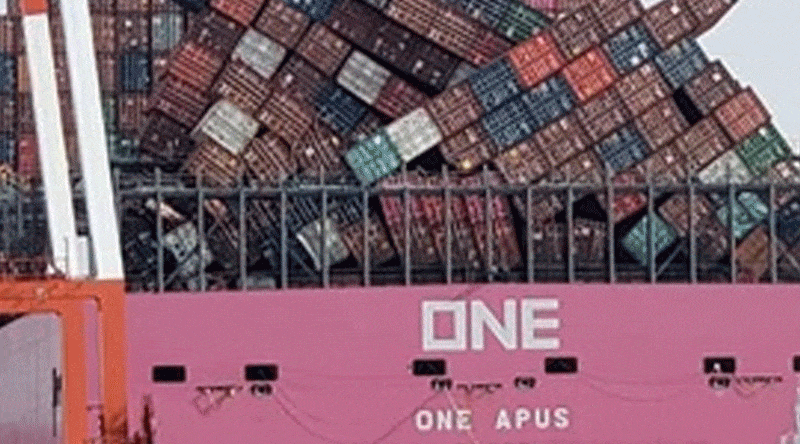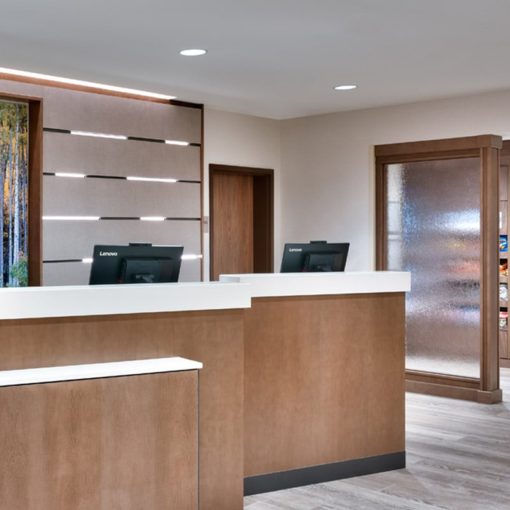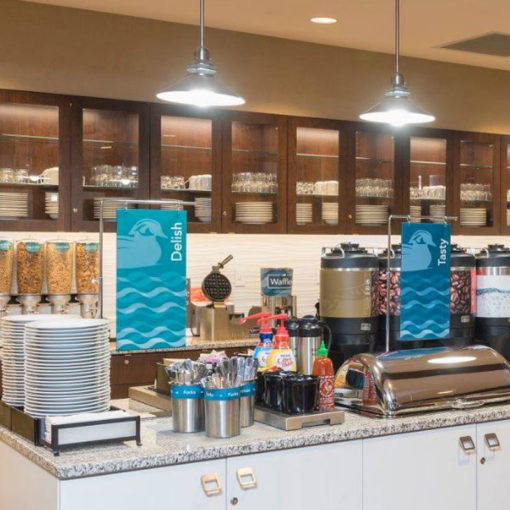Four Factors Causing Shipping Delays from Asia

The COVID-19 pandemic has created countless global challenges, one of which is the negative impact on shipments from Asia. These shipments, containing the hospitality goods necessary to complete hotel projects across the US, are experiencing severe delays and cost increases due to a variety of issues overseas and stateside.
In this post, part of a multi-blog series, you’ll get a behind-the-scenes look at the key factors contributing to these freight issues. In the next blog, you’ll learn what Kimball Hospitality, Innvision’s manufacturing and import partner, is doing to accelerate the supply chain and minimize the ill effects felt by their clients.
Key Factor #1: An Explosion of Importations
When COVID-19 initially broke out and the world went on a massive pause, imports from Asia dried up. Because shippers didn’t want to move empty vessels, they took vessels offline and sent employees home.
When this happened, thousands of containers were orphaned in different places around the globe. Eventually, as things picked back up, the process of moving containers back and forth from the US needed to continue again. But this time, there were new challenges to face.
People are spending more time at home, so they’re buying more home goods. Because of this, the importation cycle has exploded faster than the steamship companies can recover their capacity.
Typically, the movement of containers to and from the US is simple. For every one container that leaves the US, one enters. Currently, however, because of the explosion of demand for imports into the US, for every three containers that enter the US, only one leaves.
Key Factor #2: A Shortage of Vessels
There’s still a reduced capacity of vessels, so now exporters are fighting to get their containers on board. Because of this, the Standard Ocean Rate has more than doubled and carriers are charging an additional premium. Charles Bastien, the VP of Sales and Marketing for Kimball Hospitality, has seen ocean rate costs skyrocket from roughly $1,650 to $9,000 per container.
This fee is just to try and get on a ship, which isn’t always guaranteed (or timely). The shortage of vessels and the uptick of importations into the US are two major causes of current holdups.
Key Factor #3: Trouble in US Ports
Once goods finally make it onto a vessel, successfully make the trip, and land in a US port, the challenges don’t stop there. All US ports are currently congested with boats waiting to be docked and unloaded. Tony James, Kimbell Hospitality’s Director of Sales Operations, explained that the Long Beach, CA port, one of the largest in the US, went from 8 to 40 ships parked outside the harbor in one month’s time.
Tony explains that the delay to get into the harbor is currently about two weeks, but information about when a container comes into port and is then picked up from port can change from one day to the next.
COVID-19 has significantly lengthened the time it takes a ship from China or Vietnam to enter American ports. Tony has observed a 10-14 day delay from China just to enter the Long Beach port, which usually takes 14-15 days. The normal transit time from Vietnam is typically 18-20 days, but that number has also increased by 10-14 days, on average, to get into port.
Key Factor #4: Ground Transportation Delays
Once containers successfully move through the port, many need to continue their journey inland. This typically happens by rail or by truck, but there’s currently an average of a two to three week delay for these types of ground transportation as well. Reasons for this delay are the short supply of equipment necessary to move these containers, such as chassis, flat cars, and locomotives, and less people-power for offloading in the ports.
Ports are experiencing a build-up of containers, truckers are struggling to get into congested ports, and there are fewer people available at the port due to COVID-19 restrictions and illness.
Typically, the process of moving these containers flows smoothly, but the pandemic has caused quite the ripple effect across the industry. These delays compound quickly and are hampering FF&E providers’ ability to furnish renovated or newly constructed hotels. To manage the process, Innvision and Kimball Hospitality, are working diligently to reduce delays and communicate with hotel owners and project managers as frequently and accurately as possible.
Stay tuned for our next blog post, which will highlight what Kimball Hospitality does to shorten delays and mitigate these challenges! In the meantime, please contact Innvision to see how we can help you manage your next hotel project.




